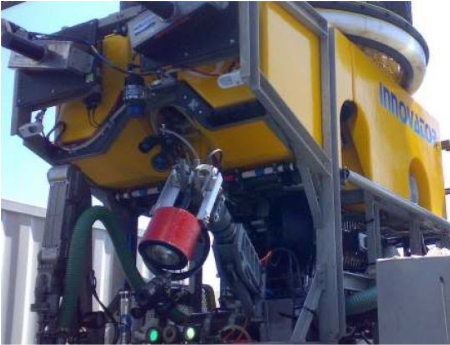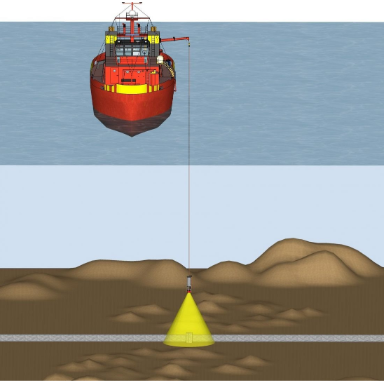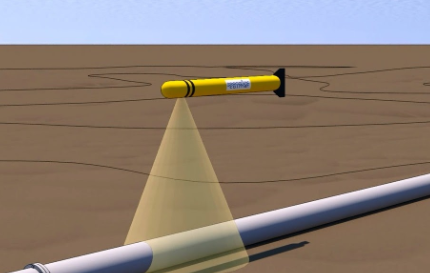ALD® Inspection Techniques

During years of development different inspection techniques have been defined. The technique to be used is chosen case by case based on the specific job characteristics, and on the means available on site.

ROV inspection.
The sensor is installed on the vehicle which follows the line at a speed of about 0.5/1 knots. This technique allows perfect position control even at great depth. Suitable for flange and line inspections. Optionally a DYE DETECTOR or a HYDROCARBON sensor can be added and used simultaneously to ALD® without any change in the ROV requirements. Full documentation available on request.


Towed Fish.
The sensor, in a “fish” configuration, is towed by a vessel along the pipeline track. This technique allows a higher speed (up to 6 knots) and can be operated from a small vessel. Suitable for line inspections, positioning can be very accurate thanks to an USBL system (optionally provided). Full documentation available on request.

Vertical Deployment:
The sensor is lowered from the vessel side and kept vertical by clump weight. The sensor position is monitored by an underwater positioning system. Suitable for line and flange inspections. Full documentation available on request.


Diver:
The diver handles the sensor and drives it around the flange to be inspected, data are sent by a soft-cable to the surface receiver. The ALD® operator is in continuous communication with the diver and monitors the result of data processing. The sensor is neutral in water and very easy to handle, an underwater POD is fixed to the diver safety bottle. Very accurate inspections of limited areas: flanges, valves, short pipeline segments. Full documentation available on request.

AUV Inspection:
ALD is now also available in a version to be installed in any kind of AUV. The self-contained unit just requires power and a synchronization signal from the vehicle. This survey technique allows great accuracy thank to the low ambient noise and is suitable for pipeline inspection in shallow water or permanent monitoring of deep installation (resident AUV).
HYDROCARBON, METHANE, FLUORESCINE, TEMPERATURE SENSOR can be hosted by our ALD system as an option. Data from these additional sensors are multiplexed with acoustic data and sent to the surface receive through a single channel.
HYDROCARBON, METHANE, FLUORESCINE, TEMPERATURE SENSOR can be hosted by our ALD system as an option. Data from these additional sensors are multiplexed with acoustic data and sent to the surface receive through a single channel.

